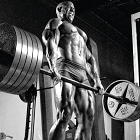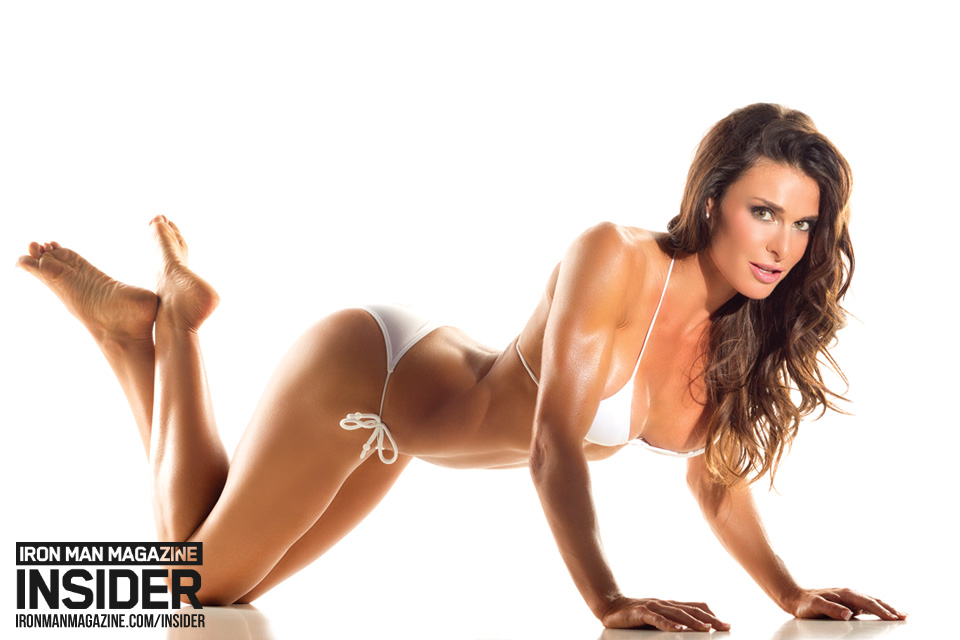 Q: What is the best way to ensure that I’m getting stronger and making progress in the gym?
Q: What is the best way to ensure that I’m getting stronger and making progress in the gym?
A: Indicator sets! They are easily the number-one training tool you’re not using. How do I know that? Because I did a Google search on the term, and nothing came up—except my own Web site. So pay close attention to what I’m about to teach you, or else you’ll continue to lift the same baby weights and look the same five years from now.
Indicator sets are designed to help you improve your physical performance within various rep ranges. They could also be called test sets.
To use indicator sets, you need to take a few minutes to record exactly what you’re doing at your workouts and also set up certain indicators. I have indicator lists for major compound moves in order to track progress and map out progressive goals. For example, let’s examine my current training split:
Day 1: Upper-body strength training
Day 2: Lower-body strength training
Day 3: Off
Day 4: Back, triceps, shoulders size training
Day 5: Leg training
Day 6: Chest, biceps, shoulders
Day 7: Off
On Day 1 I perform the incline-bench press using a strength-based wave-loading workout, and every second or fourth week I do an indicator set at the end of my workout using my six-rep max. I also do a back exercise on that day, but I do not test it.
On day 2 I perform a conventional deadlift using a strength-based wave-loading program, and on every second or fourth week I do an indicator set at the end of my workout using my six-rep max. I also do a hip-dominant exercise on that day, but I do not test it.
I recommend that you choose one upper-body exercise and one lower-body exercise, always compound moves so you can load a lot of weight on the bar, as your indicator sets. In each case the exercise will not change until you achieve your ultimate goal. For me it’s to rep out for 20 with 225 pounds on the incline barbell press and to do 405 pounds on the deadlift for 20 reps.
On week 1—I’ve been recovering from elbow surgery, and at the time of this writing I’ve only been training for 10 weeks—I could hardly do six reps with my six-rep max, which was 185 pounds on the incline barbell press and 275 pounds on conventional deadlifts.
On week 4 I tested nine reps and 11 reps, respectively. On week 8 I tested 13 and 17 reps, respectively; and on week 10 it was 17 and 20 reps! That means I’m not undertraining, I’m not overtraining, and my nutrition and lifestyle are spot-on. So I will keep working with 185 pounds until I achieve 20 reps on the incline barbell press, and I’ll be moving up to 305 pounds on conventional deadlifts, starting next week. Look out 405 for 20 reps!
If you want to improve your performance in specific rep ranges, indicator sets are a great tool for determining whether you’re actually making progress. You should be getting more reps out of that weight. Once you are getting 20 reps out of your six-rep max, it’s time to up the poundage.
You cannot realize maximum gains if you stay in one place for too long. The key to massive muscle gains is constantly challenging the muscles. Indicator sets are a tremendous tool that can help you set, track and crush your goals. And if you’re not improving your reps every two weeks, you’re overtraining, under-recovering and/or need to improve your nutrition or lifestyle.
Editor’s note: Vince Del Monte packed on an amazing 40 pounds of muscle in 24 weeks. He’s known as “the Skinny Guy Savior” and offers a number of courses to help you go from twig to big, including No Nonsense Muscle Building. For more information or to sign up for his free-tips newsletter, visit www.Vince
DelMonteFitness.com. IM





















You must be logged in to post a comment Login